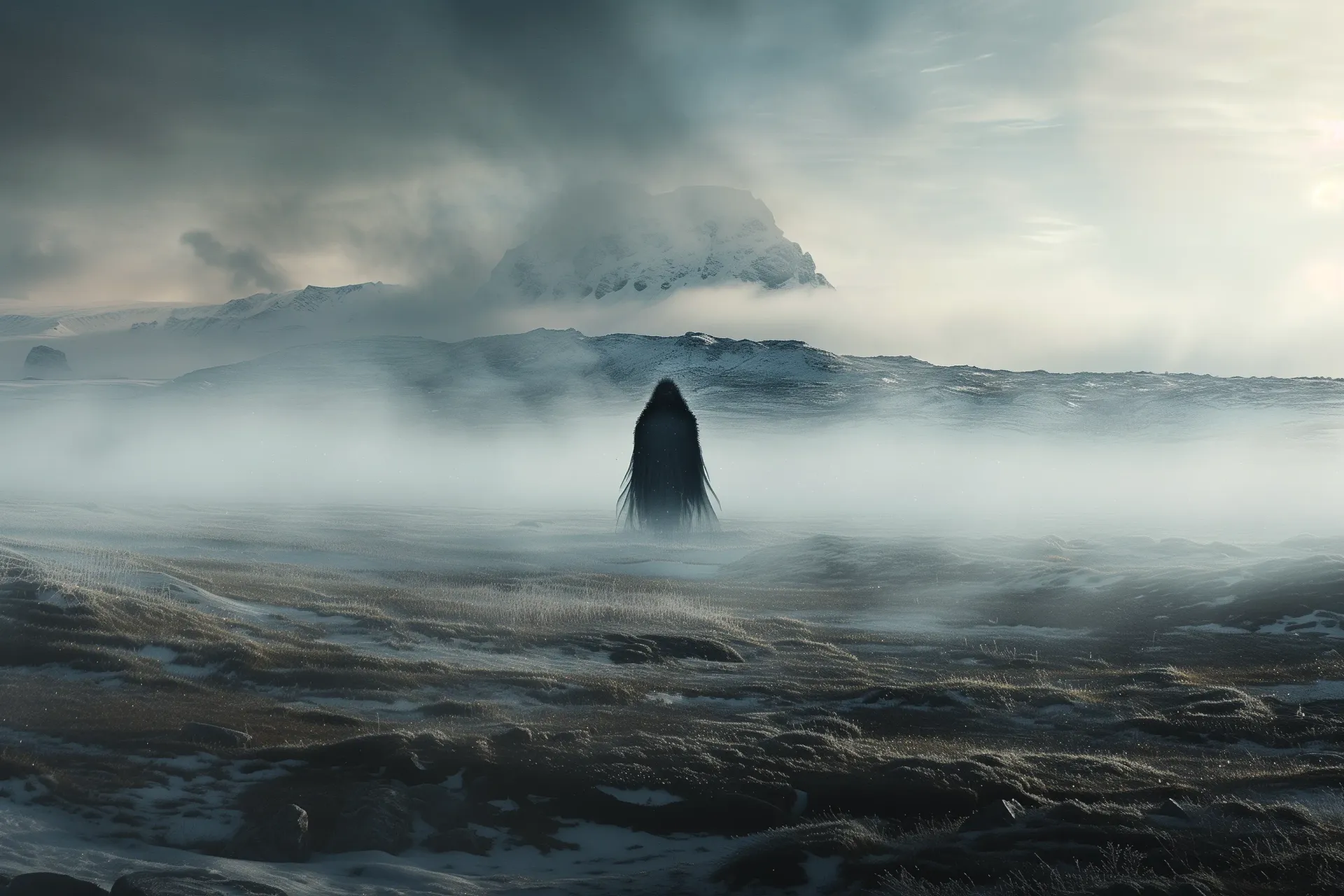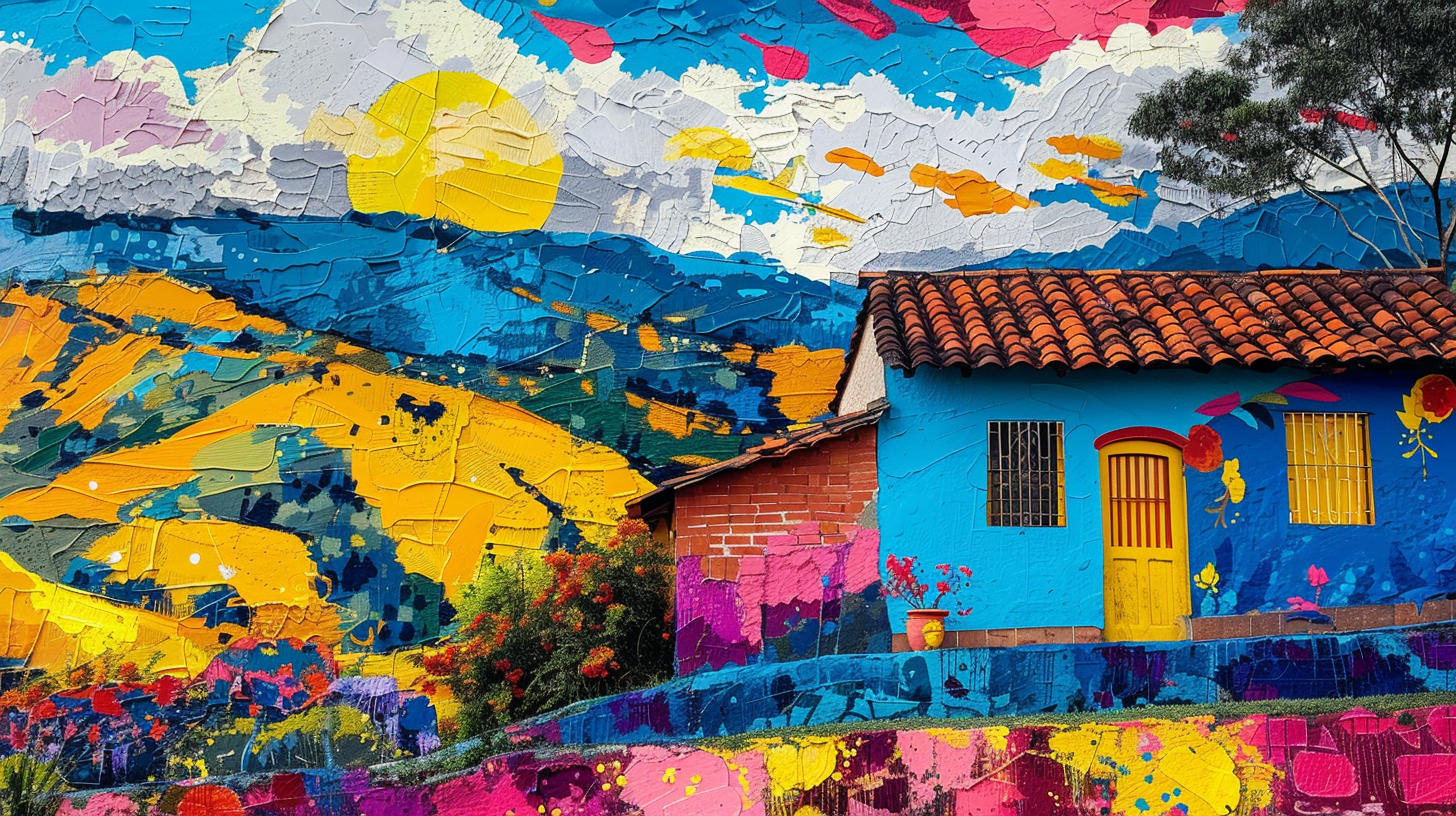7 dark Danish folklore tales that aren't The Little Mermaid
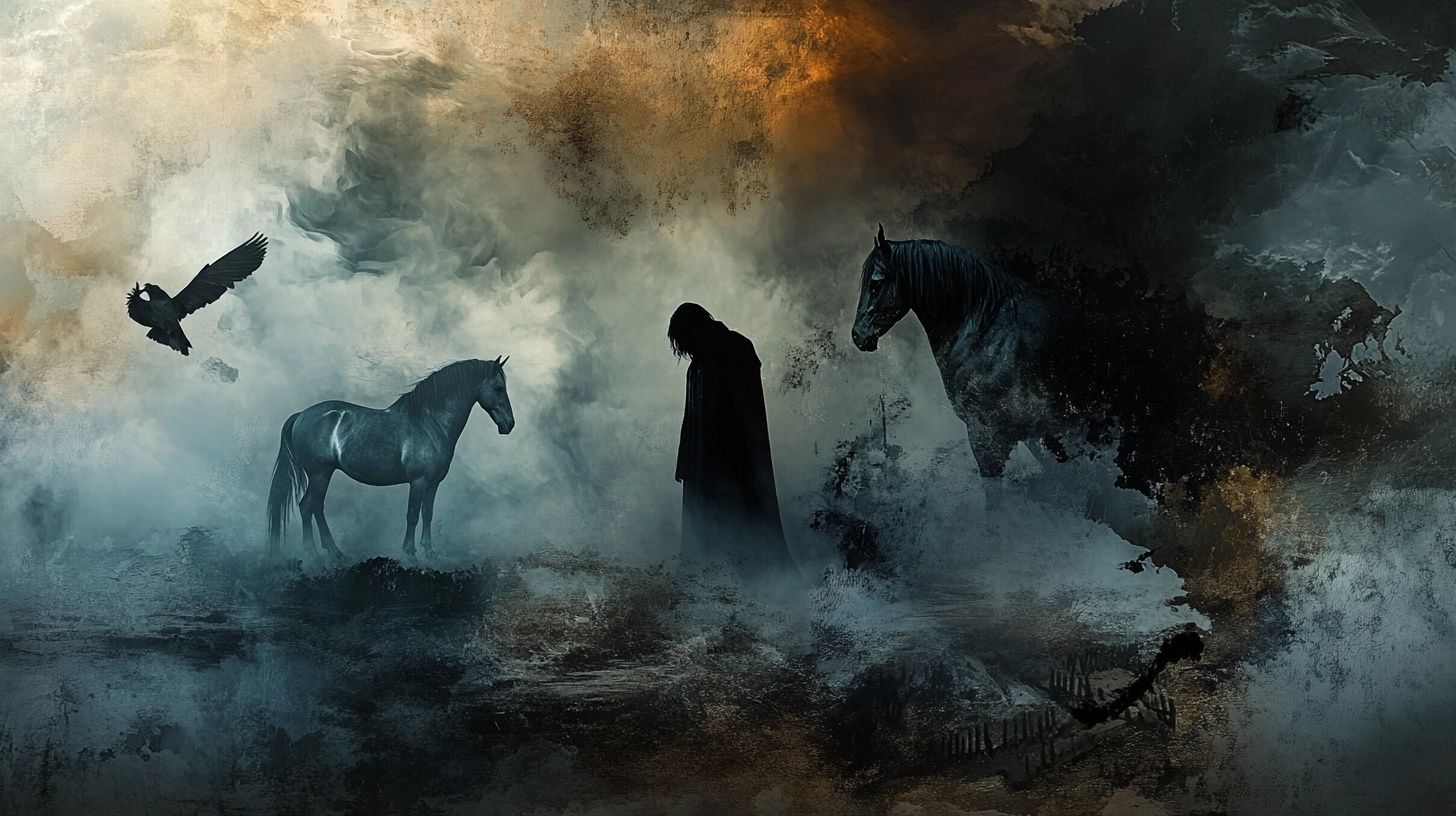
When I think of Denmark, I’m picturing Copenhagen’s colorful Nyhavn, that bold red and white flag and the concept of hygge (my general knowledge of this gem of a country is stereotypical and very limited).
But, such is the joy of running this website, that upon a deeper dive into some folklore stories, I found a metaphorical pot of gold when it comes to local Danish legends.
Not only did i discover a merman instead of a mermaid, i've also learnt (and about time!) that Greenland is technically part of Denmark, even though it's geographically in North America.
So, let's go ahead and learn more about some lesser known Scandi tales you probably haven’t heard of. Probably.
Published: 18th Jan 2025
Author: Mythfolks
1. Ghosts of Hvidsten Kro
The Hvidsten Kro (Hvidsten Inn) is a historical inn located in the small village of Hvidsten, near Randers in Denmark. It dates back to the 17th century and is best known not just for its haunted reputation but also for its role in Danish resistance during World War II.
The most common tale involves the ghost of Marius Fiil, a Danish resistance fighter and the former owner of Hvidsten Kro.
During WWII, the inn served as a meeting place for the Hvidsten Group, a resistance cell that played a significant role in smuggling weapons and supplies for the fight against the Nazis.
In 1944, Marius Fiil and several members of his family were arrested, tried and executed by the Gestapo. This tragic past is said to have left a permanent mark on the inn.
Visitors and staff have reported strange occurrences, such as footsteps echoing through empty hallways, flickering lights and cold spots in rooms that have no apparent source.
There are also stories of a spectral figure matching Marius’s description appearing in the garden or the old stables, watching over the place. Some claim that he’s still trying to protect his home, unwilling to leave even in death.
Though I have to say I found very minimal supporting evidence on this one, I still think it’s an interesting story even without a supernatural element.
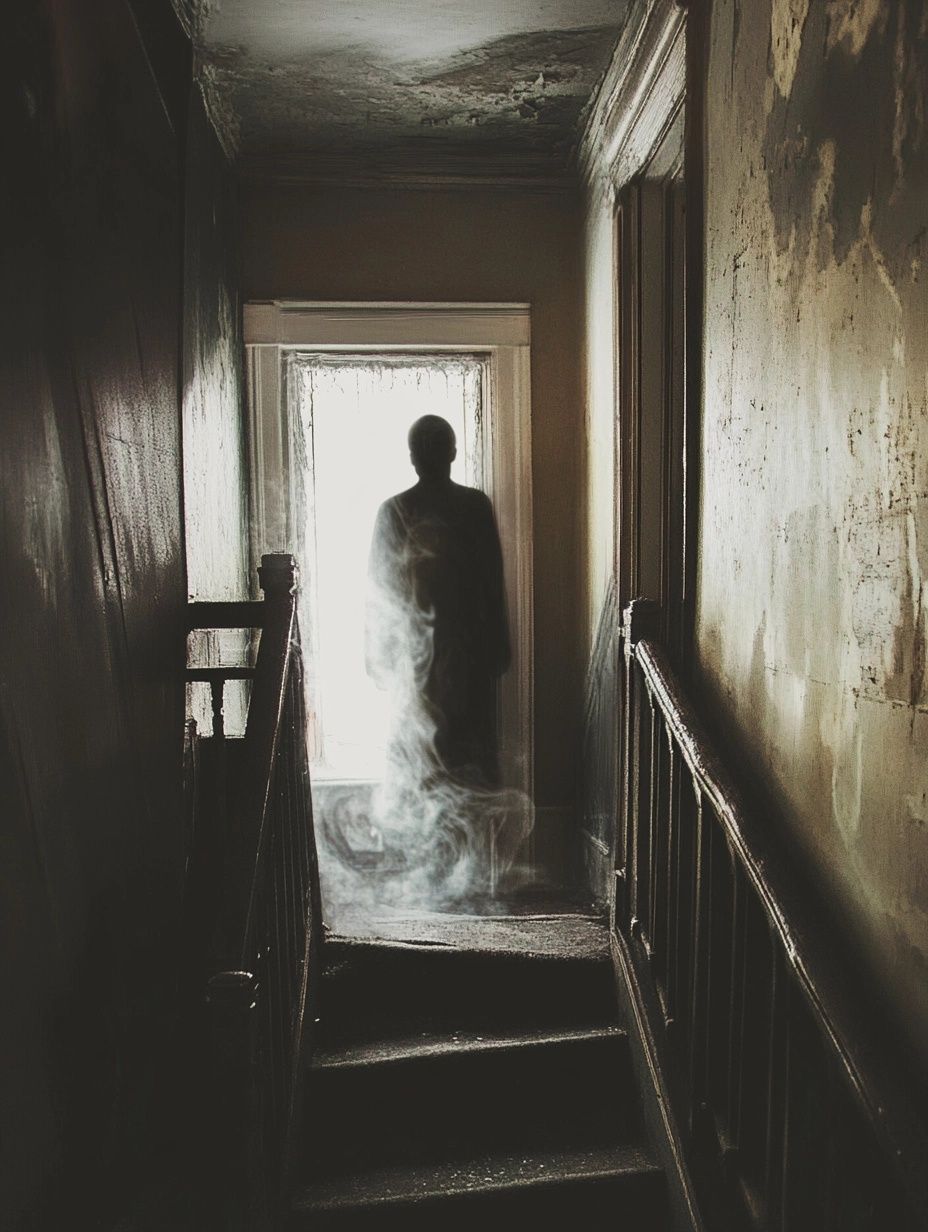
2. The Danish Nisse
In Denmark’s rural heartland, most farmers know better than to anger a Nisse. These tiny, bearded men, usually no taller than a toddler (but far less cute), are household spirits who live in barns, stables and even attics, watching over the farm and its animals.
But they have a temper as short as they are tall and when crossed, their pranks can turn deadly.
One winter’s night, a foolish farmhand decided to mock the Nisse that lived in his employer’s barn. He hid the creature’s favorite treat—a bowl of porridge topped with a thick layer of butter—and laughed as he listened to the Nisse’s angry chattering.
The next morning, the farmhand awoke to find his prize cow had fallen ill, its milk turned sour. Thinking it a coincidence, he continued his pranks.
By the third night, the Nisse had enough. The farmhand awoke to find his hair shaved completely off, and in his mouth—a mouse tail, wet and wriggling.
The message was clear: disrespect a Nisse, and you’ll lose more than just your pride.
Plus, a bonus mouse in your mouth.
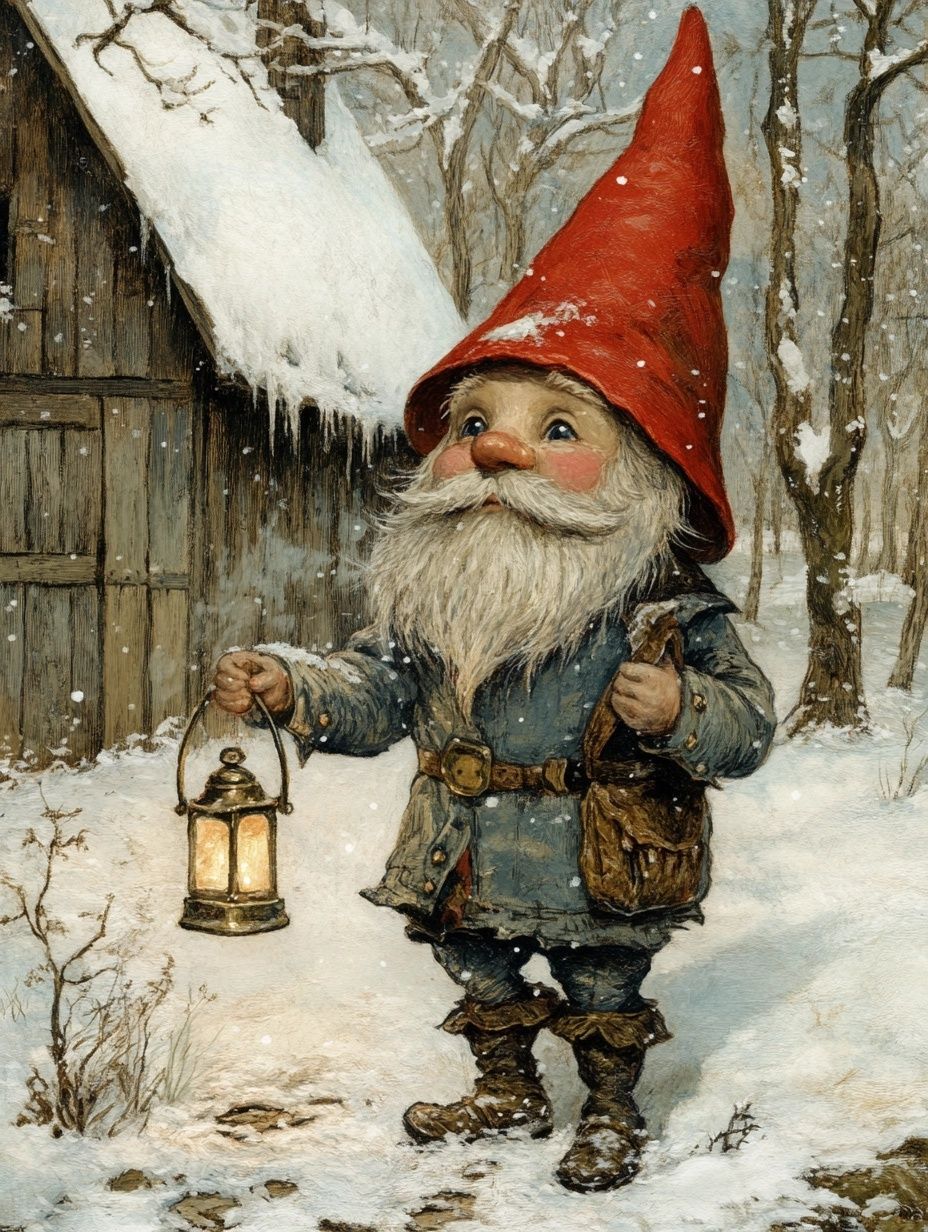
3. Agnete and the Merman
The story of Agnete and the merman is one of Denmark’s most famous love-gone-wrong tales, captured not just in folklore but also in a striking bronze sculpture created in 1992, sitting in the town of Holstebro.
The story goes like this - Agnete was a young peasant girl, beautiful and kind-hearted, who would sing by the sea every morning. Her voice was so delightful that it caught the attention of a Merman, a sea creature with a human torso but the tail of a fish.
One day, he emerged from the water, shimmering in the sunlight (all greek-god like), and asked her to be his wife. Swayed by his charm and the promise of a life filled with love, Agnete agreed. She followed him beneath the waves, leaving her world behind.
But life under the sea was not what Agnete imagined - and I can’t imagine why. Though the Merman showered her with treasures and affection, she longed for the sound of church bells and the scent of land. One day, she begged to visit her family just once, promising to return. Reluctantly, the Merman agreed.
Agnete walked through the village, unrecognized and forgotten. When she reached her old home, she was overcome with grief and guilt, realizing she could never truly belong to either world.
She never returned to the sea and the Merman still waits beneath the waves, singing a mournful song that sailors say you can hear on still nights, a cry for his lost bride.
Tragic.

4. The Church Grim
Animal lovers - skip this one.
In Danish folklore, churches were often built on cursed land, where restless spirits wandered. To counteract this, locals performed a ritual known as gravsoffer, or "grave sacrifice."
This especially grim practice involved burying a small animal—usually a black dog—alive under the church's cornerstone. The animal’s spirit, known as the Kirkegrim or "Church Grim," would then serve as the guardian of the churchyard.
Danish villagers believed that the Kirkegrim could detect witches, thieves, or any unholy presence that dared approach the consecrated ground. If angered, it would appear at midnight, its ghostly form pacing the perimeter.
One particularly gruesome account from East Jutland involves a Kirkegrim that tormented the nearby village for years. It would strangle livestock, cause children to fall ill and even drag random travelers into its graveyard. Only by holding a kirkeværge, or “church warden’s rod,” could one safely approach its territory.
The unsettling concept of the Kirkegrim isn’t purely Danish; it has parallels in British and Swedish folklore too, but the belief highlights the deep-rooted superstitions around churchyards and also Denmark’s complex relationship with death and the afterlife.
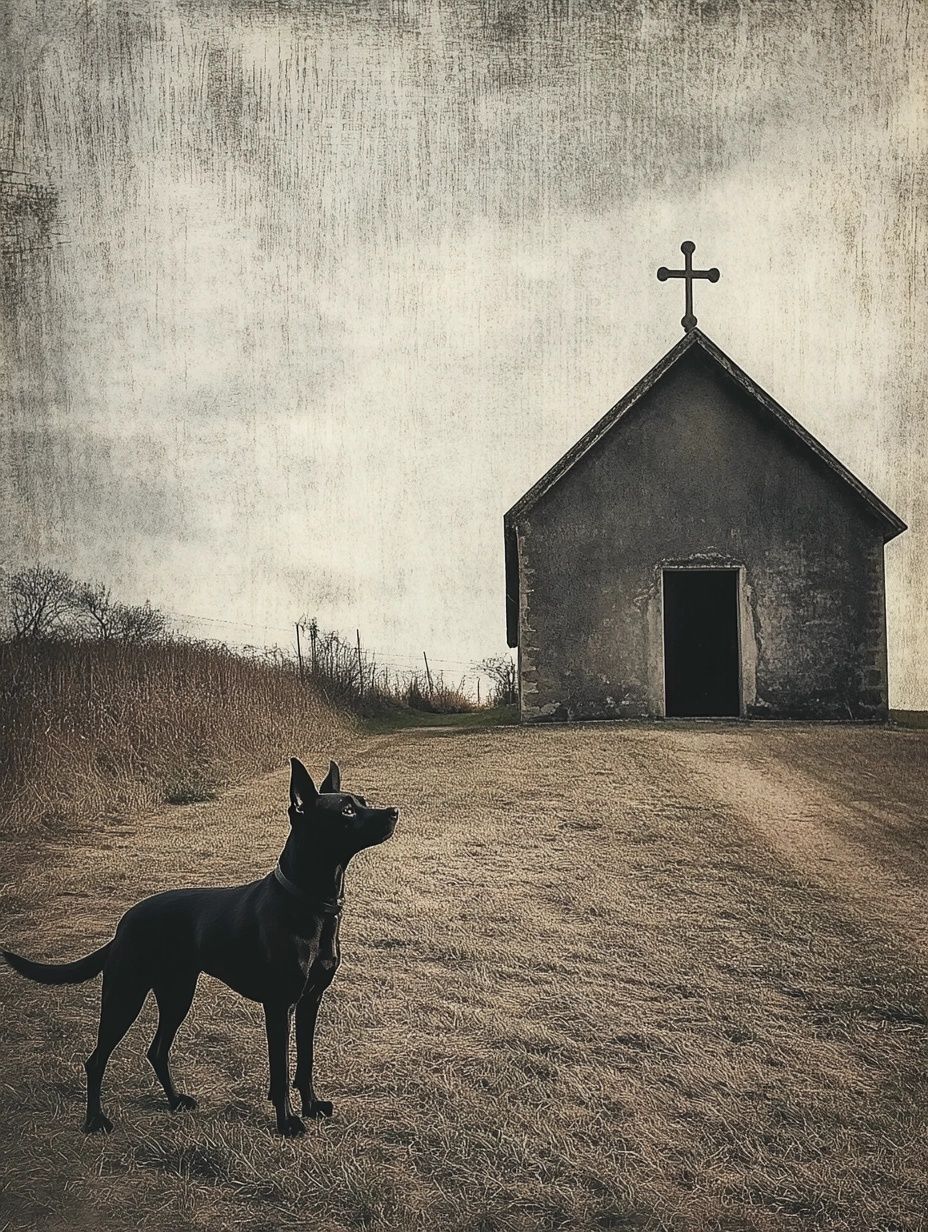
5. The Valravn
According to Danish folklore, valravne begin as ordinary ravens feasting on the bodies left on battlefields.
If a raven consumes the heart of a fallen knight, it transforms into a monstrous hybrid: part bird, part wolf.
The Valravn gains supernatural intelligence, a thirst for blood and the power to shapeshift into human form.
In some stories, the Valravn lures travelers off safe paths by taking the shape of a handsome man or a beautiful woman. It’s a seductive creature, promising knowledge and power, but always at a terrible price.
Legends say that a Valravn’s true form - whether wolf-like or hungry bird - can only be revealed when it has eaten a child’s heart, completing its metamorphosis.
How lovely.
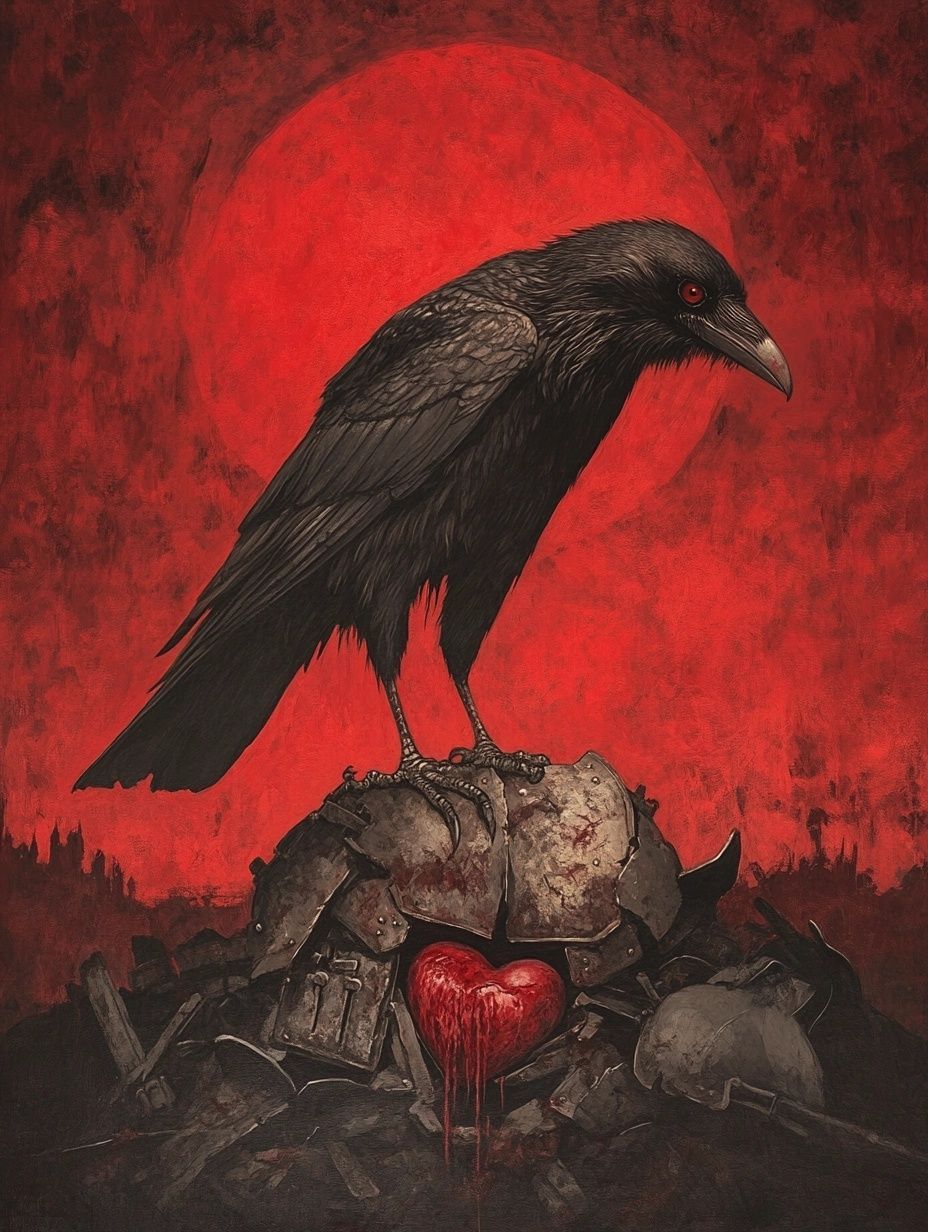
6. The shapeshifting Ellefolk of Mols Bjerge
In the rolling hills of Mols Bjerge, a place known for gorgeous scenery and ancient burial mounds, travelers are warned to tread carefully.
The Ellefolk (or Elverpiger if you’re local), a race of shapeshifting spirits, live here, watching and waiting for those who wander too close to their home.
During the day, the Ellefolk take the form of beautiful women, dancing in the meadows with flowing locks of hair like spun gold. But at night, their true nature is revealed and they transform into creepy creatures with hollow backs and faces that appear to melt in the moonlight.
One shepherd, lured by the sight of a beautiful Ellewoman, followed her into the hills. When he reached out to touch her, she spun around, revealing her hollow back and twisted grin.
The man fled, but his luck never returned. He lost his flock, his health and eventually his mind, haunted by the gleeful laughter of the Ellefolk.
Always be wary of taking things at face value.

7. The Helhest or Denmark’s three-legged horse of death
Legend has it that the three-legged Helhest, or "ghost horse," was a servant of the goddess Hel, ruler of the underworld in Scandinavian mythology.
The creation of the Helhest, through the burial of a live horse beneath a church’s foundation stone, parallels the ritual that gave rise to the Kirkegrim.
But while the Kirkegrim served to protect churchyards from unholy presences, the Helhest’s role extended beyond protection, acting as a psychopomp - a spirit that guided souls into the afterlife.
With its swift, silent movements, the Helhest was said to appear in cemeteries at night. Folklore holds that the horse could sense impending death and would arrive to escort souls to their final resting place. The sight or sound of the Helhest was an ill omen, often foretelling illness or death for those unfortunate enough to encounter it.
This belief was particularly strong in Jutland, where one chilling account describes a three-legged white horse, ridden by an old woman in black, wandering through a village at midnight. If it looked into a window, someone in that household was believed to die soon after.
Some scholars have also suggested a connection to Odin’s eight-legged steed, Sleipnir, known for its ability to traverse the worlds of the living and the dead. Sleipnir’s association with death and the underworld might have influenced the conception of the Helhest.
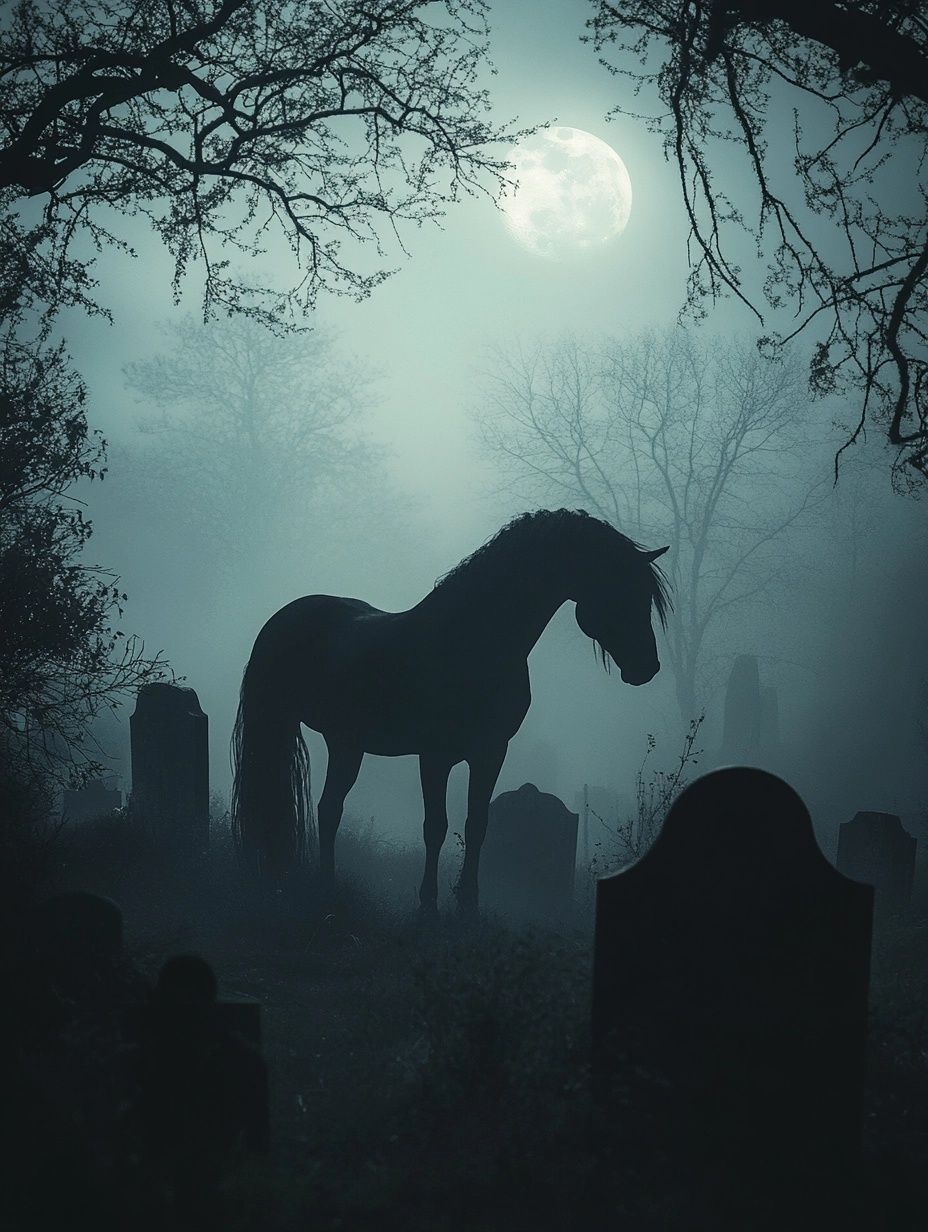
These lesser known stories give us an interesting look into Denmark's obscure folklore and way beyond the well-trodden paths of fairy tales and Viking sagas that we're broadly more familiar with. And I for one have Denmark on my must-visit list, i'd love to get more immersed in the culture.
If you enjoyed this article, check out the related - but also totally different - tales from
Greenland folklore here.
Explore more folklore tales from other countries & cultures
Take a quick trip into the mystical and sometimes bizarre world of Portuguese folklore.
16 short tales from Indonesian folklore
Including the baby born from a cucumber - read about it now!


